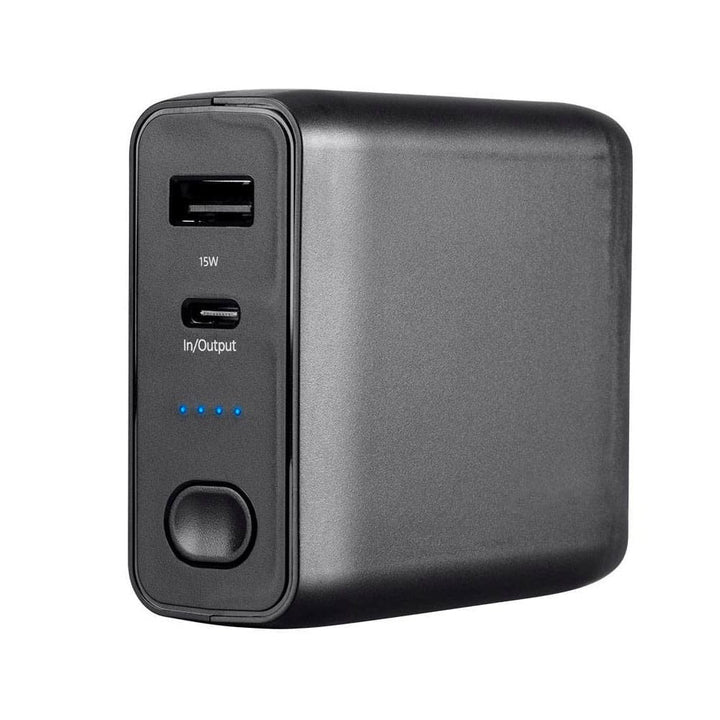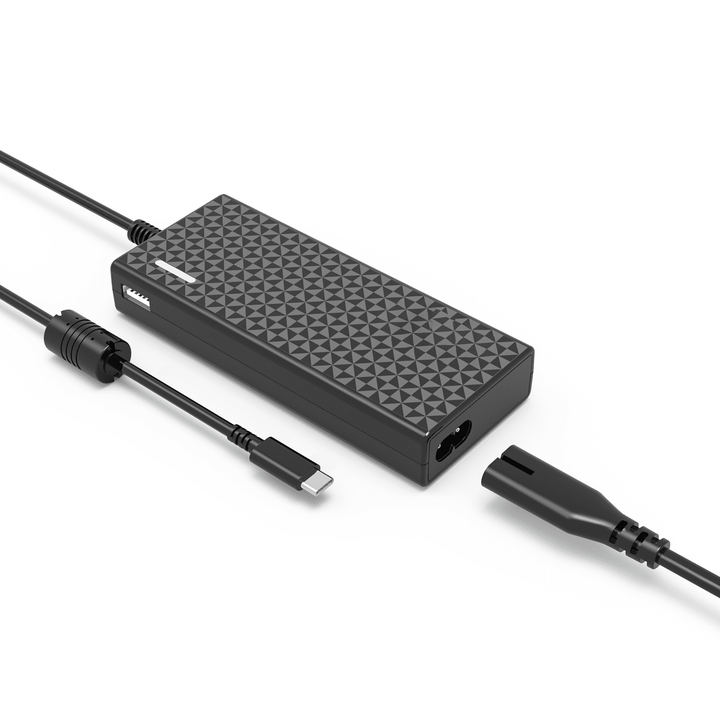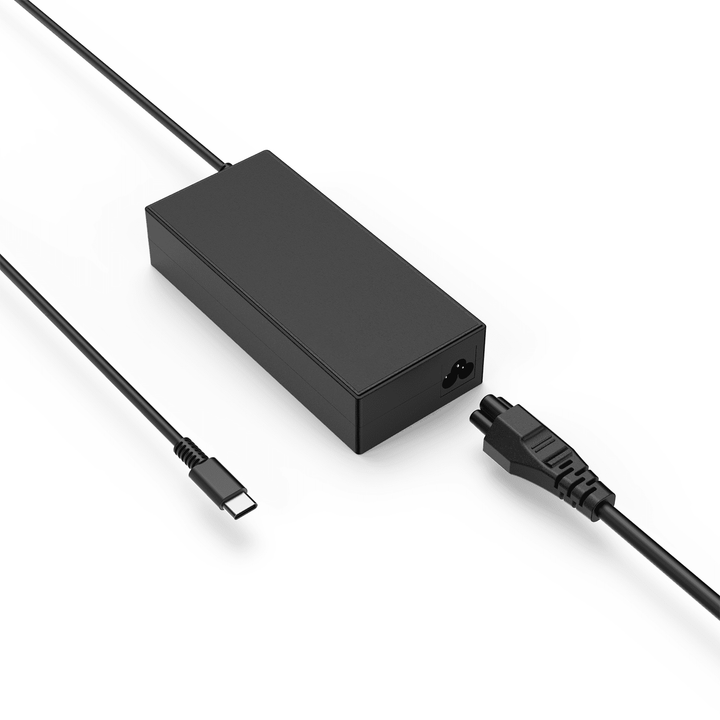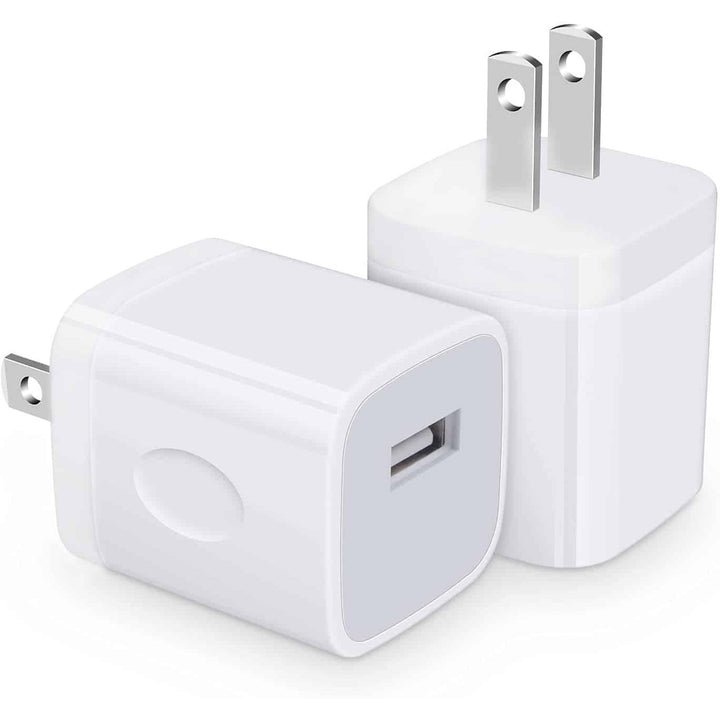What's the Difference Between AC and DC Power?
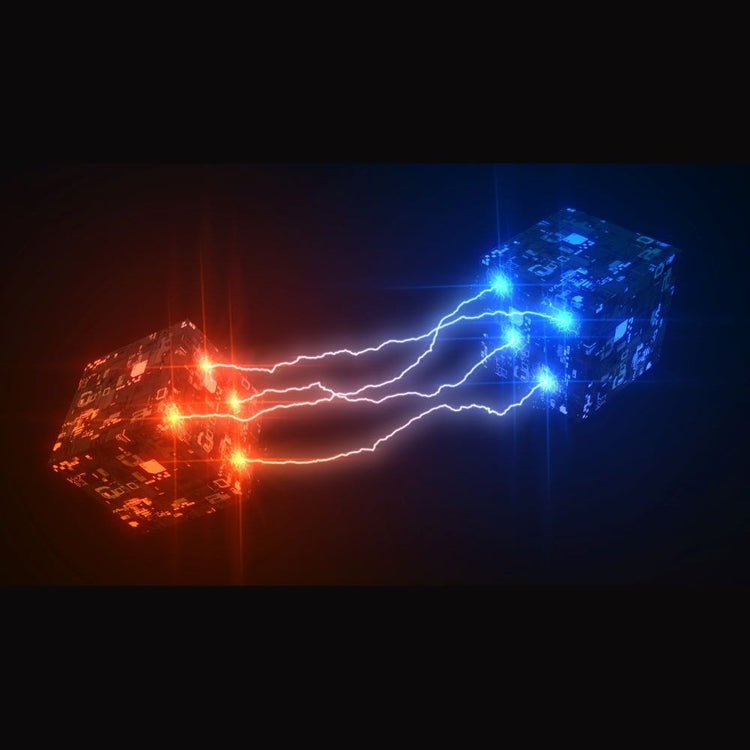
In the world of electricity and electronics, two fundamental types of electrical currents exist: Alternating Current (AC) and Direct Current (DC). Understanding the differences between these two types of power is essential, as they play distinct roles in various applications. This blog will explore the key disparities between AC and DC power, shedding light on their characteristics and practical applications.
AC and DC Power Defined
Alternating Current (AC)
AC, short for Alternating Current, is an electrical current characterized by its periodic reversal of direction. In AC power, electrons oscillate back and forth, creating a sinusoidal waveform. This back-and-forth motion is what gives AC its "alternating" nature.
Direct Current (DC)
Direct Current, or DC, is an electrical current in which electrons flow steadily in one direction. It maintains a constant polarity, with electrons moving from a negative to a positive terminal.
Key Differences Between AC and DC Power
- Direction of Electron Flow
- AC: Electrons in AC power switch direction continuously. They flow first in one direction, then reverse, and repeat this cycle.
- DC: Electrons in DC power maintain a steady flow in one direction, typically from the negative to the positive terminal.
- Voltage
- AC: AC voltage varies over time and fluctuates as the current oscillates. It reaches both positive and negative values during each cycle.
- DC: DC voltage remains constant with a single polarity. It does not oscillate like AC voltage.
- Frequency
- AC: AC power has a specific frequency, typically measured in Hertz (Hz). In the United States, standard AC power has a frequency of 60 Hz, while in many other countries, it is 50 Hz.
- DC: DC power has no frequency; it is characterized by a constant voltage level.
- Efficiency
- AC: AC power is efficient for long-distance transmission due to its ability to reduce energy losses during transportation. It can be easily transformed to different voltage levels.
- DC: DC power is often used in devices that require a constant, stable power supply, such as batteries and electronic circuits.
- Use Cases
- AC: AC power is prevalent in homes and businesses for household appliances and general electricity needs. It is also the standard for power distribution grids.
- DC: DC power is commonly used in batteries, electronic devices like smartphones and laptops, and solar panels, which produce DC electricity.
The distinction between AC and DC power lies in the direction of electron flow, voltage characteristics, frequency, and practical applications. AC is favored for long-distance transmission and widespread electricity distribution, while DC excels in providing stable power for electronic devices and batteries. Both types of power are integral to modern life, and understanding their differences is crucial for navigating the world of electricity and electronics effectively. Whether you're charging your smartphone or lighting up your home, recognizing the contrast between AC and DC power helps you make informed choices for your energy needs.
